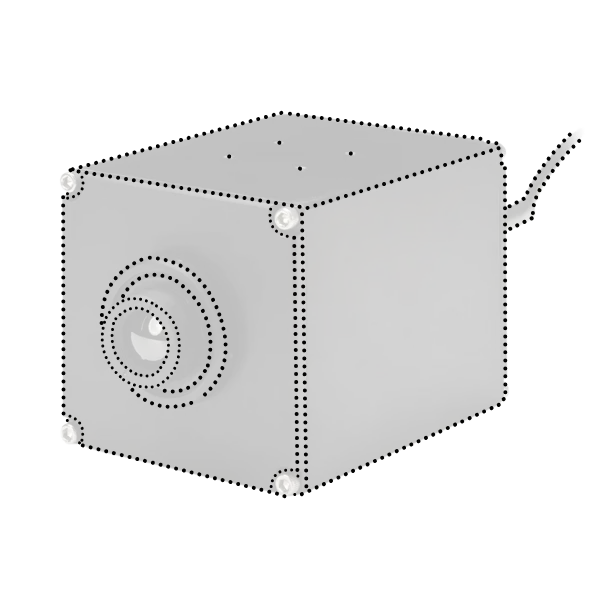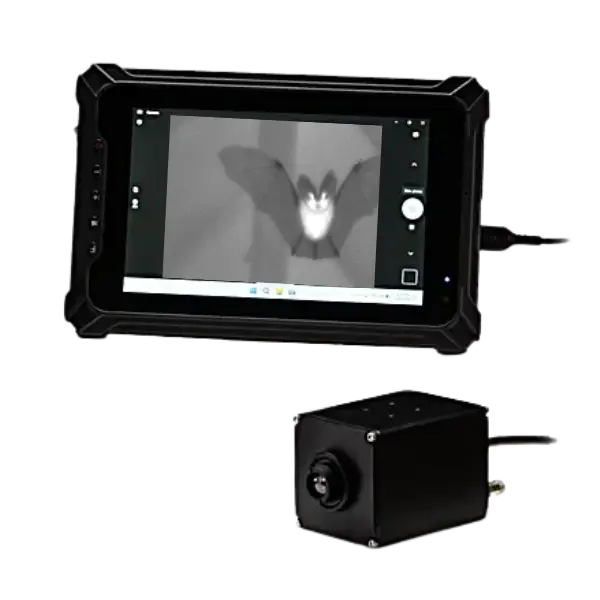
INTERTEST CUSTOM ENGINEERING SOLUTION
THERMAL IP67-RATED CAMERA
"Infrabat" system to monitor natural bat behavior in caves
At a Glance

CHALLENGE
What needed to be overcome?
- To monitor mammalian bat activity in wet, damp caves
- The monitoring process could not disturb bats' natural behavior

DEVELOPMENT
What needed to be designed?
- A camera system without bright auxiliary lighting for discrete observation
- Durability and weatherproofing to withstand damp & wet cave evironments

SOLUTION
What was the end product?
- A Sierra Olympia Viento 10 LWIR Camera in a robust IP67-rated housing
- Features included interchangeable lenses, cord grip, & a tablet that also powers the camera
-

THE CHALLENGE
A research group from an American university needed to monitor mammalian bat activity inside caves. When they reached out to InterTest for a solution, it was noted that their current camera solution was not providing the clarity and accuracy required for their research. The camera needed to be IP67-rated to endure wet cave environments and have thermal vision optics. White lighting could not be used as it would disrupt the bats' natural behavior.
The university wanted something simple and portable without axillary battery supply. Finally, the solution needed to have two different focusing lenses in order to capture different views of the bats' activity.
-
DEVELOPMENT & INNOVATION
InterTest chose to develop the camera around the Sierra Olympia Viento 10 with has a 60 Hz frame rate and long-wave infrared (LWIR) imaging.
InterTest Engineering had to ensure that two Viento lenses worked with the custom IP-67-rated housing. Additionally, a ruggedized tablet device was chosen for viewing the live camera footage while simultaneously powering the camera.
At first, the design used a USB 3.0 Type C connection port off the camera housing to connect to the tablet. However, after extensive testing, the board and camera drew too much power for the tablet to function, so InterTest engineers pivoted to a different board and connection.
-
THE SOLUTION
The solution was the "InfraBat Camera" - a Sierra Olympia Viento 10 Camera with interchangeable lenses enclosed within an IP67-rated housing. A durable cord grip secured the cable and ensured the camera housing remained IP67-rated. The interchangeable lenses featured a germanium window that sealed and attached seamlessly to the camera housing, ensuring the system remained IP67-rated.
The cable enabled the camera to draw enough power from the tablet, so no auxiliary power source was needed. Additionally, the tablet provided a method of data storage, allowing still images and video capture. The final result was a fully portable, IP67 rated, infrared camera system with adjustable lenses that accurately monitored bats in their natural habitat.
Project Results
-

Ideal for discrete natural observations for scientific research
-

Adjustable lensing to capture the fields-of-view of bat behavior
-

Tablet provides camera with power with no need for auxiliary power






